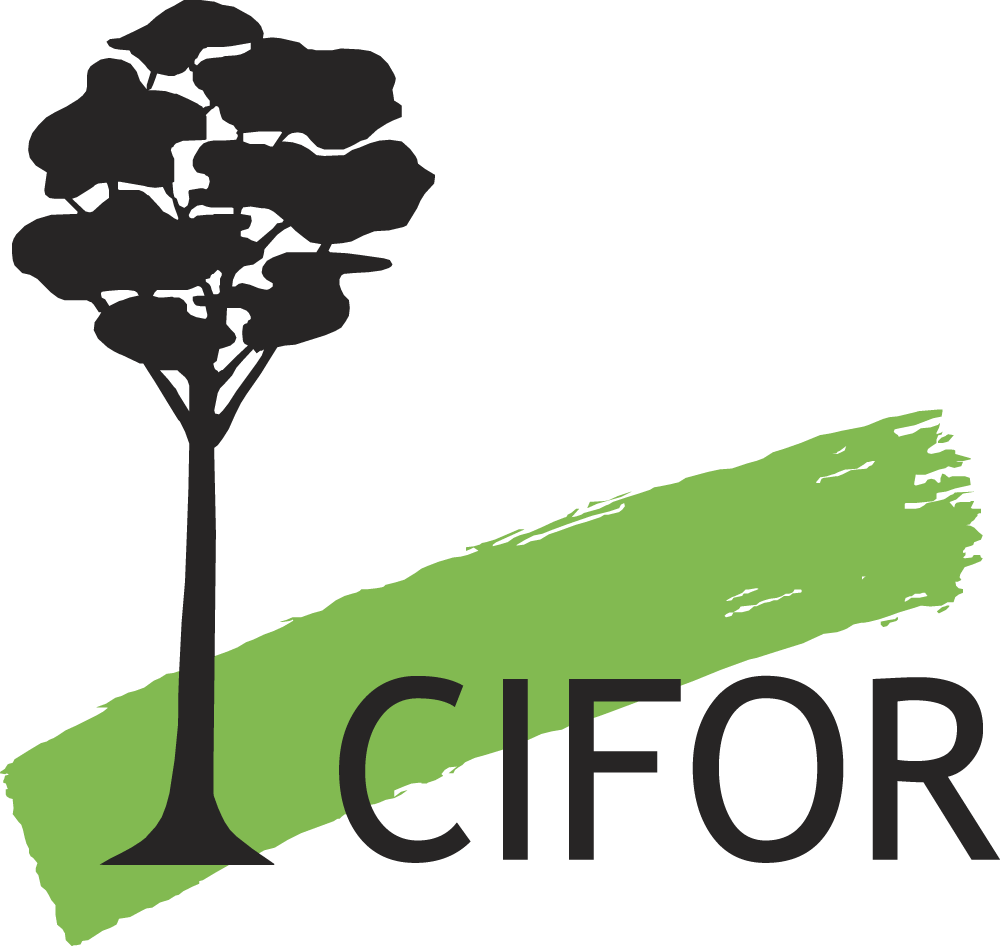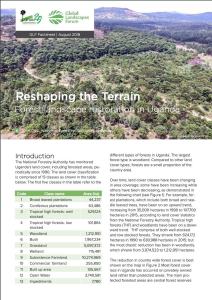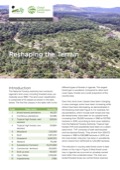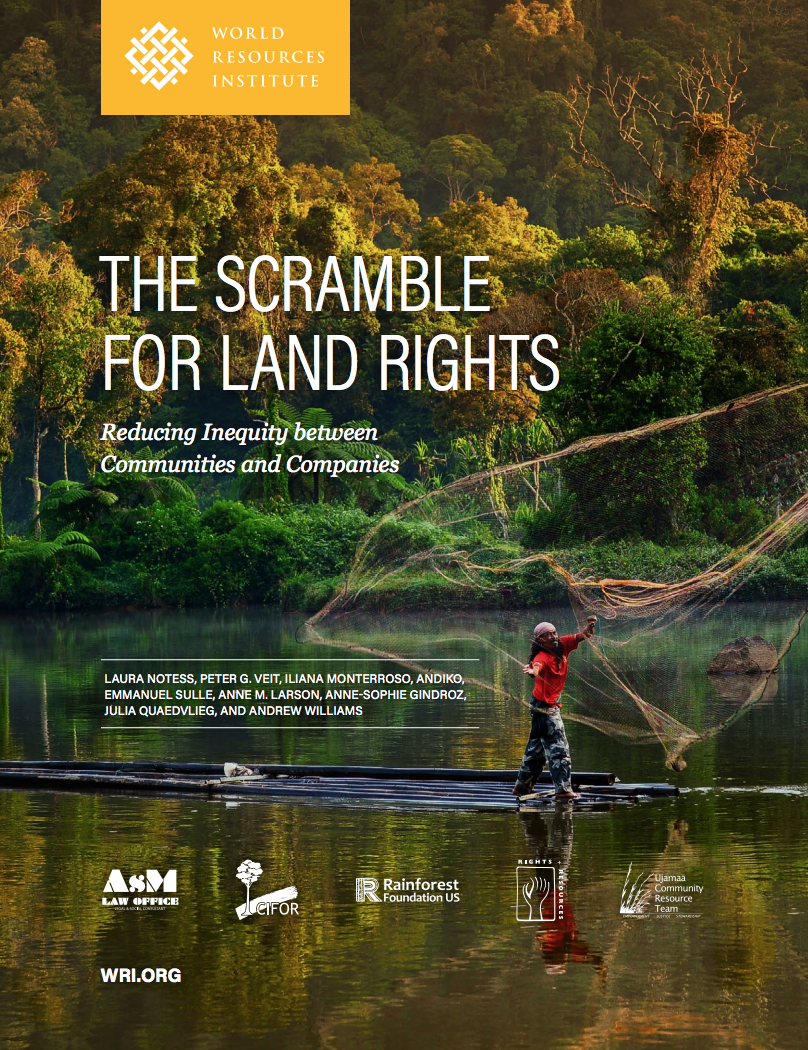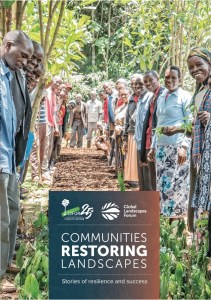Focal point
Location
The Center for International Forestry Research (CIFOR) is a non-profit, scientific facility that conducts research on the most pressing challenges of forest and landscapes management around the world. With our global, multidisciplinary approach, we aim to improve human well-being, protect the environment, and increase equity. To do so, we help policymakers, practitioners and communities make decisions based on solid science about how they use and manage their forests and landscapes.
Capacity building, collaboration and partnerships are essential to finding and implementing innovative solutions to the challenges that the globe faces. We are proud to work with local and international partners. We are a member of the CGIAR Consortium and lead the CGIAR Research Program on Forests, Trees and Agroforestry.
Our headquarters are in Bogor, Indonesia. We have offices in 8 countries across Asia, Latin America and Africa, and we work in more than 30 countries. Contact us for more information.
Resources
Displaying 61 - 65 of 808Reshaping the terrain: Landscape restoration in Uganda
Although Tanzania looks back onto a long history of land degradation, it has seen significant restoration efforts even before the African Forest Landscape Restoration Initiative (AFR 100) was launched. Building on this experience, the fact sheet highlights the main landscape restoration approaches employed in the country and elaborates on the major constraints as well as enabling conditions for FLR.
Reshaping the terrain: Forest landscape restoration in Uganda
The National Forestry Authority has monitored Ugandas land cover, including forested areas, periodically since 1990. The land cover classification is comprised of 13 classes as shown in the table below. The first five classes in the table refer to the different types of forests in Uganda. The largest forest type is woodland. Compared to other landcover types, forests are a small proportion of the country area.
The Scramble for Land Rights
Increasing global demand for natural resources is intensifying competition for land across the developing world, pushing companies onto territories that many Indigenous Peoples and rural communities have sustainably managed for generations.
Impacts of land use and land cover change on surface runoff, discharge and low flows: Evidence from East Africa
Communities restoring landscapes: Stories of resilience and success
This collection of 12 stories from women and men in nine countries in different parts of Africa shines a light on the efforts of communities, some of them decades-long, in restoring degraded forests and landscapes. The stories are not generated through any rigorous scientific process, but are nonetheless illustrative of the opportunities communities create as they solve their own problems, and of the many entry points we have for supporting and accelerating community effort.

